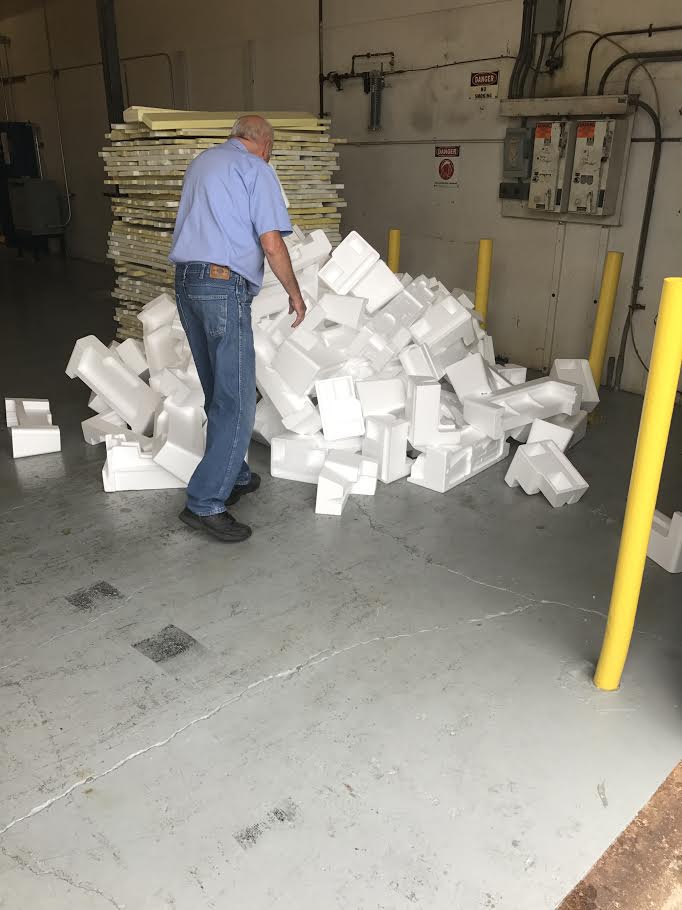By Briana Mitchel (’19)
With summer on its way (eventually!), festival season is around the corner. Festivals are a great way to hear a variety of music, meet different people, see some films, and just have an overall fun experience. For people who stay on the site of the festival, or just come for a few days, they often have to bring their resources for the duration of their stay, and oftentimes these things are left behind. The lack of proper clean up after festivals as well as the exorbitant amount of people on a patch of land is detrimental to the environment. It is so harmful that it can have lasting effects on the area, and it is extremely difficult and rare for the area to return back to the state it was in prior to the festival. An example of the harmful relationship between festivals and the environment is Woodstock. This monument brought hundreds of thousands of people, but it also meant that there were hundreds of tons of litter. The trash was relocated to the town’s landfill and little to nothing was recycled because with all the mud and people walking around, the items were contaminated and unable to be recycled properly. With festivals of different kinds being popular worldwide, it is important to make changes now to prevent this.
Some factors that affect the environment include transportation, plastic usage, and water usage. When it comes to multiple day festivals, it is common for people to stay on site to avoid having to drive back and forth, or people do decide to drive back and forth. Regardless, the constant use of cars for transportation, as well as the power needed for those concerts emit large amounts of CO2 into the air. Fuel from these vehicles (a nonrenewable resource) are constantly used. This also plays a part in the stay on the festival site. When people stay on the site, by sleeping in tents, RVs, or cars, the grass dies quickly only leaving dirt. This is because of the number of vehicles and people present there. A possible solution for these problems are not allowing people to stay on the campsites and providing public transportation for large parties.
Plastic usage is a severe problem, and frequently the plastics that are left from the visitors end up in landfills. Single-use items (such as water bottles, straws, food trays, cable ties, and toiletry items) are brought for convenience; however, those items are most likely left behind when their usefulness is complete. Melinda Watson, the founder of sustainability charity RAW, said: “Recycling is important, but it is far from the solution.” Sorting trash and recycling is just a bandaid to the issue, and just because waste bins are present does not mean that they will be used. A way that festivals can help is using multiple usage items such as metal straws, refillable water bottles, and reusable utensils.
Water usage is a necessity at festivals to make sure that the festival goers are staying hydrated and cool during the hot and long days. However, often times these designated areas have water running constantly and at excessive amounts. To change this, festival planners need to change the way that water is available for the people, but I’m personally unsure how to achieve this difference. The dynamic between festivals and the use of sustainability and regard for the environment needs to change before more damage occurs. However, here are 10 great environmentally friendly festivals that you can check out!
Current ways that some of the festivals are changing to be more environmentally friendly ranges from offering incentives like merchandise to people who recycle, using composting toilets, and providing on site activities that will turn their energy to electricity. Although these things are an amazing start to being sustainable it is important that these festivals continue these activities while also making a push to constantly change.

